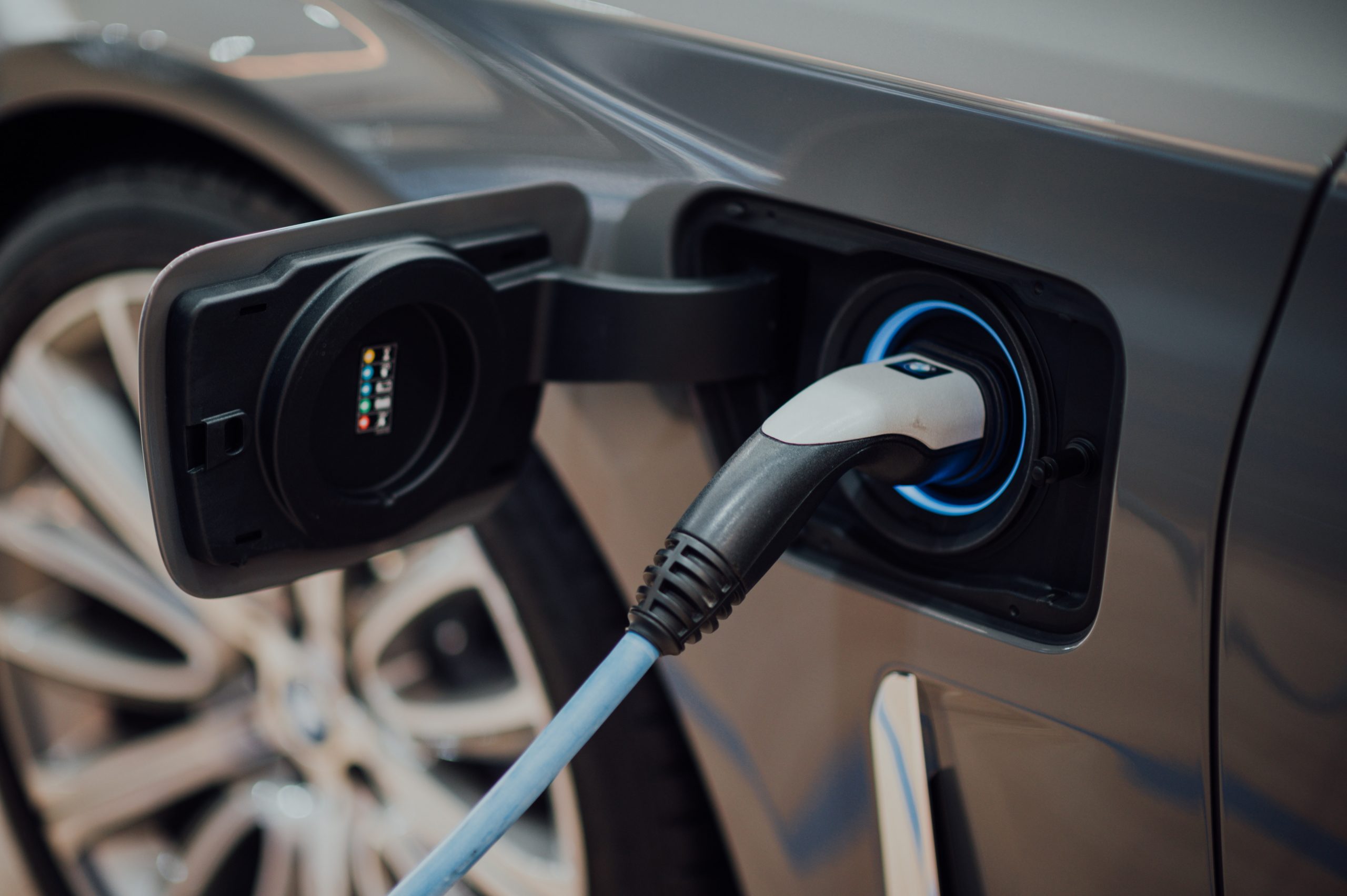Mentioned earlier, range anxiety is a term that describes the feeling
EV users experience when they fear that they may not have
sufficient charge to be able to make it to their destination or to the
next charging point.
This is a major hurdle that vehicle manufacturers have been aware
of, and are working to remedy. By developing battery technology
and efficient engine operations, range will certainly increase as
time goes on. It will be up to the automotive industry to reassure
potential drivers of the increasing ranges so that they will be more
willing to transition from what they know to something new.
Charger challenges
When it comes to the issues that EV drivers share, many have to do
with the charger itself of the charging process. Let's take a look at
this more closely.
Charging Times and Pricing. Because electric vehicles get their
energy from the grid, charging prices depend on the time of day.
For example, the afternoon and early evening are considered peak
hours, meaning it is not an optimal time to charge a large vehicle.
challenges of
electric vehicles
17
This can be minimized by charging during non-peak hours, but this
requires much more intentionality than simply filling up one's gas
tank when close to empty.
To remedy this issue, many automotive experts are looking towards
V2G or Vehicle-to-Grid technology, where the vehicle would not be
simply receiving charge from the grid, but giving back to it as well.
This type of bidirectional charging system allows for benefits on
both sides: the vehicle would sell back some of its energy during
peak hours and pay for charge at low-peak times.
While the technology has not hit the market yet in a major way,
many manufacturers have had their eyes on making their vehicles
more compatible with bidirectional charging, and it could be a
game-changer.
Charger Types. For those of us that still drive the traditional ICE
vehicle, we probably don't give much thought to where we get our
fuel. Pricing may contribute to our decision-making, but every gas
station will essentially sell the same fuel, and all the gas pumps will
fit any ICE vehicle.
However, with EVs, that's not necessarily the case. As outlined
earlier, the type of fast DC charger depends on the manufacturer,
which means that although there may be a charge point nearby,
the charger might not be compatible with your vehicle.
To remedy this challenge will take time, as the distinct ports will
require larger infrastructure change. However, as time goes on,
experts say that it's possible that CCS and CHAdeMO will converge,
likely into the current CCS standard, which is backed by the
European Union.* It is not certain if this will be true for Tesla, the
only manufacturer with its proprietary charger. However, Tesla does
18
*Pasquale Romano, ChargePoint, 2018.
19
offer adapters for both the CCS and CHAdeMO plugs.
However, the issue with chargers is only a small portion that faces
the consumer of the larger conversation surrounding the
challenges of interoperability and standardization within the
electric vehicle industry. There are larger issues when it comes to
the interoperability between systems management - the
communication that occurs between the vehicle and the charger,
the charger and the charging network, and the software that
manages all the data from the vehicles, chargers, and the charging
services.
Infrastructure interoperability challenges can be inconvenient on
the part of the driver, the vehicle manufacturer, as well as the
charge point operators and service operators (often called mobility
operators), and this is why many are looking to Plug&Charge (or
PnC) as the next standard of vehicle to grid communications.
In 2014, the ISO 15118 standard was developed with the goal of
making the charging process more convenient for drivers. The
standard manages the PnC technology, allowing the driver to be
able to plug in and charge their vehicle without using a mobile
application or an RFID card, making the entire process very
seamless. Following the ISO 15118 standard and also related
protocols like the Open Charge Point Protocol, users and service
providers would be able to enjoy both front-end and backend
interoperability. Especially for drivers in the EU or the US who have
to cross country or state lines, this can be a major drawing point for
wider EV adoption as drivers are no longer limited to a single
charging network.


